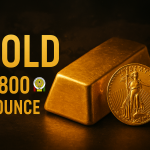Gold recently crossed $3,800 per ounce and traded near this historic high. The rise has been fueled by recent Federal Reserve interest rate cuts and expectations of further reductions in October and December. Just two months ago, gold traded at less than $3,280 per ounce.
Many investors feel they’ve missed out on buying gold due to its rapid rise. This article explains when gold prices are bullish, the factors influencing gold’s value, and the best times to buy or sell gold to maximize returns. These insights are valuable for investors in the Kurdistan Region, Iraq, Turkey, and around the world.
Understanding Gold in Local Markets
In Iraq and the Kurdistan Region, gold is officially traded in dinars, but global gold prices are determined in US dollars. Exchange rates between the dollar and local currency directly affect the local gold price.
Investors worldwide consider gold when other investment options, such as real estate, stocks, or digital assets, offer little or uncertain profit. For example, in the Kurdistan Region, real estate is often a limited investment option. Although buying property might be attractive when prices fall, affordability issues and political uncertainties make it risky.
In contrast, other countries provide broader investment alternatives, including US Treasury bills, corporate stocks, other metals, and digital currencies. Among these, US Treasury bills are considered a safe alternative to gold because they are government-backed and virtually risk-free.
Comparing Gold with Other Investments
US Treasury Bills:
-
Guaranteed by the US government
-
Pay annual interest
-
Real interest rate = bond yield minus inflation
Corporate Stocks:
-
High potential returns
-
Not guaranteed
-
Profits depend on market performance
Digital Currencies:
-
Can provide massive returns
-
High risk due to volatility and lack of central bank recognition
Investors’ risk tolerance determines the appeal of gold versus other assets. Unlike US Treasury bills, gold does not pay interest. Its main value lies in protecting purchasing power against inflation.
Gold as an Inflation Hedge
Inflation erodes money’s purchasing power. For example, if inflation rises by 4% in a year, $1,000 loses 4% of its purchasing power. US Treasury bills offer interest, but if inflation equals bond yield, there’s no real profit. Gold, however, has historically retained value during inflationary periods.
Notable examples:
-
1971-1980: Gold rose from $35 to $850 amid high inflation after the US abandoned the gold standard.
-
2008 Financial Crisis: Gold jumped from $800 to $1,900 as markets collapsed.
-
COVID-19 Pandemic (2020-2022): Inflation reached 9%, and gold prices crossed $2,050.
Gold’s limited supply—approximately 4,700 tonnes added annually through mining and recycling—ensures its long-term value. Demand from central banks, jewelry, and investors also impacts prices, though short-term fluctuations are often driven by traders’ activity.
Factors Affecting Gold Prices
-
US Interest Rates & Inflation (40% impact):
-
Lower interest rates make gold more attractive
-
Rising inflation boosts gold demand
-
-
US Dollar Value (25% impact):
-
A stronger dollar makes gold more expensive in local currencies, reducing demand
-
-
Geopolitical Events (20% impact):
-
Wars, unrest, and economic uncertainty drive gold purchases
-
-
Supply and Demand (10% impact):
-
Annual gold production is relatively stable
-
Central banks and public demand fluctuate
-
-
Market Speculation (5% impact):
-
Short-term price swings caused by traders seeking quick profits
-
When to Buy Gold
-
During US monetary easing and interest rate cuts
-
During economic or political uncertainty
-
When other global markets or corporate stocks show sudden declines
When to Sell Gold
-
When US interest rates rise above inflation
-
When gold prices spike without market fundamentals (market manipulation)
-
When central banks adjust reserves, balancing gold with other assets
Gold Price Forecast
Gold recently surpassed $3,800 per ounce, a historic milestone. If the Federal Reserve cuts rates faster than expected, gold could reach $3,900–$4,000 per ounce, potentially even $4,200.
However, if US economic data strengthens and interest rates rise, gold may drop to $3,600–$3,700, though stabilization around $3,800 remains likely. Investors should monitor monetary policy, inflation, and global market conditions closely to time their purchases and sales.









